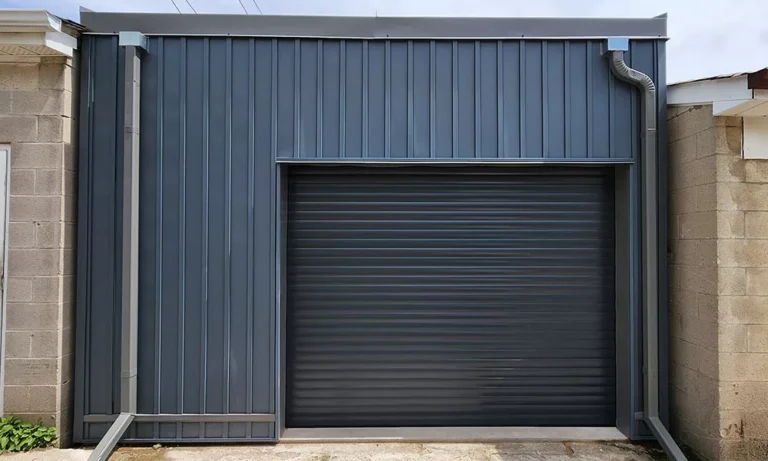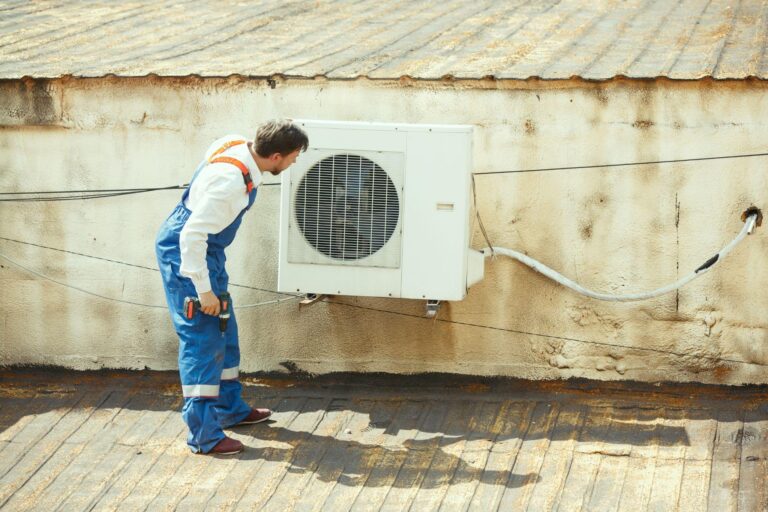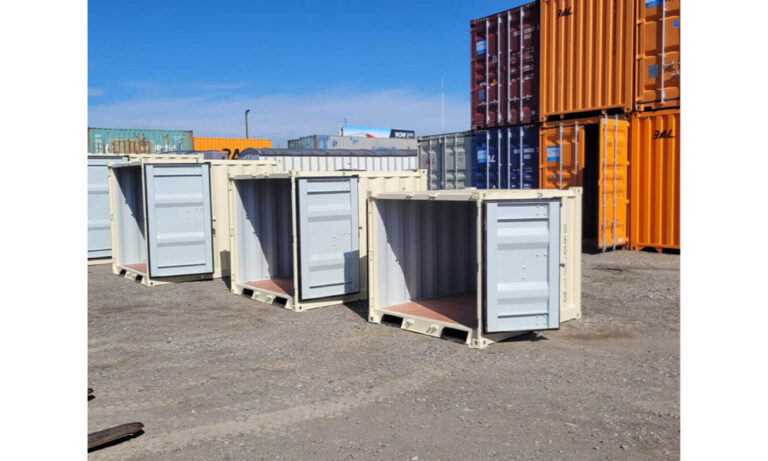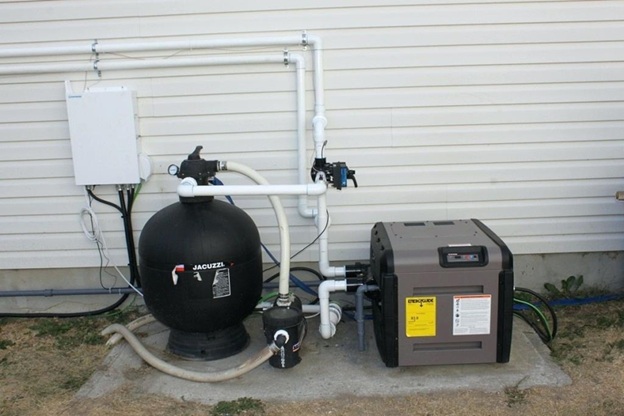A shutters shop is a place where you can buy shutters for your windows or doors. These shops may be physical stores, online stores, or even both. They more often than not carry a variety of styles, materials, and colours to suit different homes and budgets. Some shops will only sell shutters, while others may offer blinds, curtains, and other window furnishings as well.
Many shutter shops in Australia work directly with local manufacturers or import from overseas suppliers. Some offer custom-made shutters, which are made to fit your exact window size, while others sell ready-made options that are quicker to deliver but may not be a perfect fit. A good shop will usually have a display area or samples so you can see and feel the products before you buy.
If you’re looking for a trusted shutters shop in Newcastle, make sure they offer both quality products and helpful advice based on your needs and space.
Types of Shutters You Can Find
Most shutter shops will have a few popular styles available. Plantation shutters are the most common. These feature wide slats, which you are able to tilt open and shut to let light in or block it out. They’re popular in bedrooms, kitchens, and lounge rooms because they look neat and are easy to clean.
Some stores also have outdoor shutters, available in most cases in aluminium. These are solid and constructed to withstand extreme weather conditions, such as high winds or heavy rain. They are commonly used on patios, balconies, or around pools. Other products include PVC shutters, which are waterproof and ideal for wet areas, such as bathrooms or laundries.
Some shutter shops also sell roller shutters, mainly for security or to keep out noise and sun. These roll down over the window and are controlled, generally, by a switch or remote.
Services You Might Expect
Many shutter shops offer a lot more than just sales. A good shop will help you choose the right shutter style, take the measurements, and arrange for installation. Some will offer in-home consultations where someone comes into your home to suggest the best option and take sizes. Others may have installers they work with regularly, as well as give you the option to install shutters yourself.
If the store is online, it may have guides or videos that teach you how to measure correctly. Some shops also have online tools where you can enter your window sizes and get an instant quote. Whether you’re buying in-store or online, it’s worth checking if the shop offers warranties on their products and whether there’s any after-sales support if something goes wrong.
How to Choose the Right Store
Not all shutter shops offer the same degree of service or level of quality. Some focus on cheaper shutters that are imported and mass-manufactured, while others deal with local, custom-made options that take a little longer but usually last longer too. If you’re after something to fit perfectly and appear built-in, then usually a shop that specialises in made-to-measure shutters is a safer choice.
Look for shops with clear pricing, honest advice, and good reviews. If you’re unsure about what material or style to go for, a helpful staff member should be able to walk you through the pros and cons without pushing you into a sale. It’s also worth asking how long delivery will take, and what happens if a shutter arrives damaged or doesn’t fit properly.
Local vs. Online
Some people are still fond of visiting a shutters shop and seeing the product for themselves, together with talking to someone face-to-face. Others like the ease of ordering online, especially if the website is clear and easy to use. Online shops sometimes offer better prices, as they do not have such overheads, but make sure they offer enough support if you run into problems.
If you are based in a regional area or smaller town, an online shutters shop might be your best option. However, if you have a local shop nearby, it can be handy to have someone close by if you need help or want to make changes to your order.










